A square grid of distinct integers is a magic square if all its rows columns and full diagonals have the same sum. Otherwise it is not a magic square.
Now suppose we fill a square grid with samples from a continuous random variable. The probability that the entries are distinct is 1, but the probability that the square is magic is 0.
We could make this more interesting by asking how close to magic the square is, using a continuous measure of degree of magic, rather than simply asking whether the square is magic or not.
If we have an n by n square of real numbers, we could take the set of n row sums, n column sums, and 2 diagonals as data and look at its range or its variance. These statistics would be zero for a magic square and small for a nearly magic square.
If each element of the square is a sample from a standard normal random variable, what is the distribution of these statistics? How much does the distribution on the numbers matter?


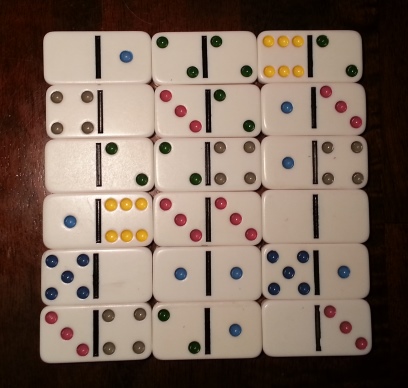

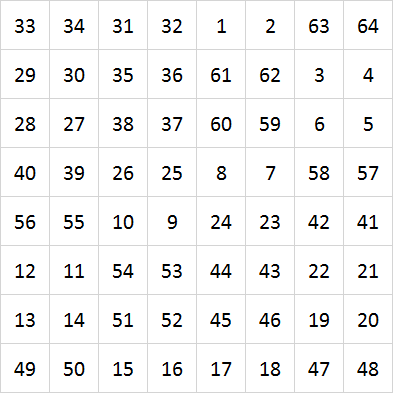
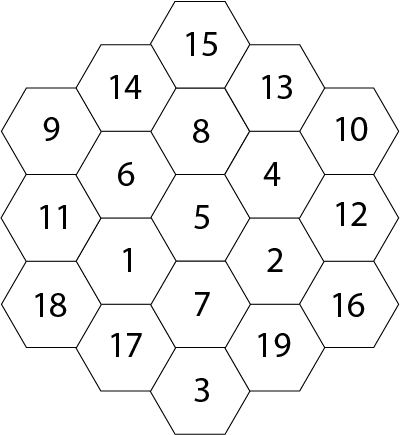
![[[4,9,2],[3,5,7], [8,1,6]]](http://www.johndcook.com/lo_shu_square.png)
![[[c-b, c+a+b, c-a], [c-a+b, c, c+a-b], [c+a, c-a-b, c+b]]](http://www.johndcook.com/lucas_square.png)

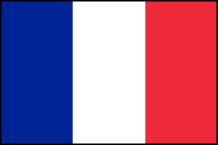
![[[3, 204, 102], [202, 103, 4], [104, 2, 203]]](http://www.johndcook.com/french_alphamagic_1.png)
![[[trois, deux cent quatre, cent deux], [deux cent deux, cent trois, quatre], [cent quatre, deux, deux cent trois]]](http://www.johndcook.com/french_alphamagic_1w.png)
![[[ 5, 14, 8], [12, 9, 6], [10, , 13]]](http://www.johndcook.com/french_alphamagic_1f.png)
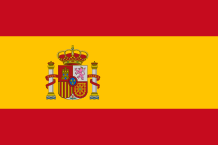
![[[93, 155, 121], [151, 123, 95], [125, 91, 153]]](http://www.johndcook.com/spanish_alphamagic_1.png)
![[[noventa y tres, ciento cincuenta y cinco, ciento veintiuno], [ciento cincuenta y uno, ciento veintitrés, noventa y cinco], [ciento veinticinco, noventa y uno, ciento cincuenta y tres]]](http://www.johndcook.com/spanish_alphamagic_1w.png)
![[[12, 21, 15],[19, 16, 13], [17, 11, 20]]](http://www.johndcook.com/spanish_alphamagic_1f.png)
![[[95, 156, 124], [154, 125, 96], [126, 94, 155]]](http://www.johndcook.com/spanish_alphamagic_2.png)
![[[noventa y cinco, ciento cincuenta y seis, ciento veinticuatro], [ciento cincuenta y cuatro, ciento veinticinco, noventa y seis], [ciento veintiséis, noventa y cuatro, ciento cincuenta y cinco]]](http://www.johndcook.com/spanish_alphamagic_2w.png)
![[[13, 20, 18], [22, 17, 12], [16, 14, 21]]](http://www.johndcook.com/spanish_alphamagic_2f.png)
![[[5,22,18], [28, 15, 2', [12,8,25]]](http://www.johndcook.com/sallows1.png)

![[[4,9,8], [11,7,3], [6,5,10]]](http://www.johndcook.com/sallows3.png)